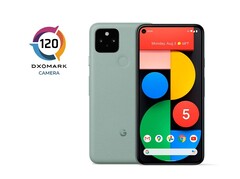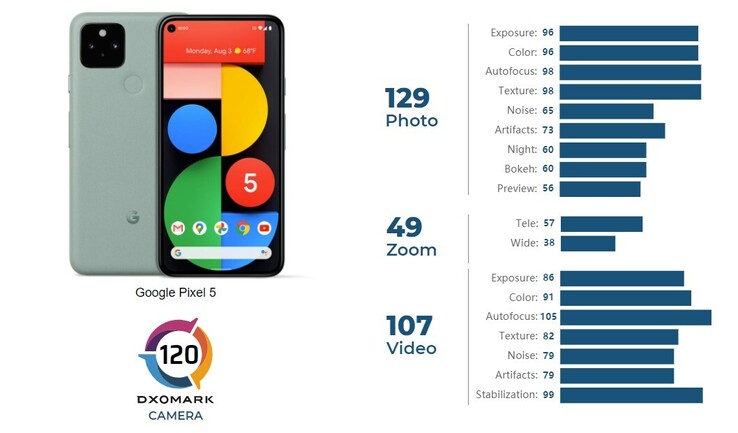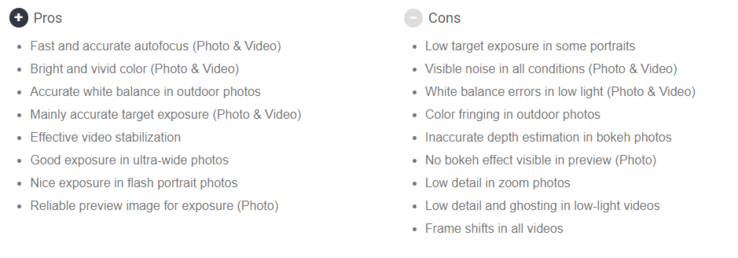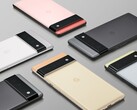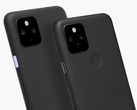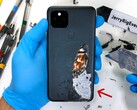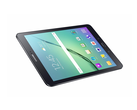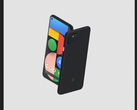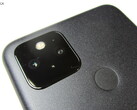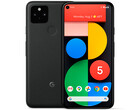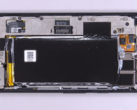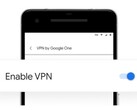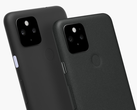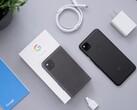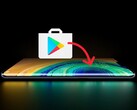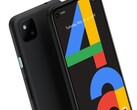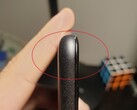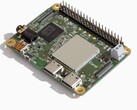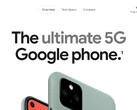Given that the Google Pixel line-up has been consistently rated as delivering some of the best smartphone cameras in the last few years, DxOMarks' low score of 120 points for the Pixel 5 may raise a few eyebrows. A score of this magnitude puts the Pixel 5 ahead of last year's Pixel 4, but 120 points puts Google's latest smartphone well behind what Huawei, Xiaomi, Vivo and Oppo have released this year.
It should be noted that DxOMark recently updated its evaluation criteria, but its test results demonstrate the limits of Google's continual use of the 12 MP Sony IMX363. Google has equipped its Pixel smartphones with the IMX363 for years, and it simply is not good enough to replace the dedicated telephoto lens that was present in the Pixel 4 series. Consequently, the Pixel 5 comparatively struggles in zoom shots.
The new ultra-wide-angle camera does not impress either. According to DxoMark, this is mainly because its 107° field of view (FoV) is much narrower than the FoVs of the ultra-wide-angle cameras in competing smartphones. With that said, the Pixel 5 has noticeably better video performance than the Pixel 4 series, an improvement that has been praised widely.
DxOMark's views on the low-light capabilities of the Pixel 5 are a bit off though, in our opinion. By the websites own admission, it tested the Pixel 'using the default mode of the...default camera application'. For the Pixel 5, this means that DxOMark calculated its 'Night score' using both flash modes, not Night Sight mode. The website claims that most people will use flash rather than Night Sight, although this seems to be an assertion more than anything else. Google actively promotes using Night Sight too, so perhaps DxOMark has shown the limits of its testing methodologies too, not just the boundaries of the IMX363.


 Deutsch
Deutsch English
English Español
Español Français
Français Italiano
Italiano Nederlands
Nederlands Polski
Polski Português
Português Русский
Русский Türkçe
Türkçe Svenska
Svenska Chinese
Chinese Magyar
Magyar